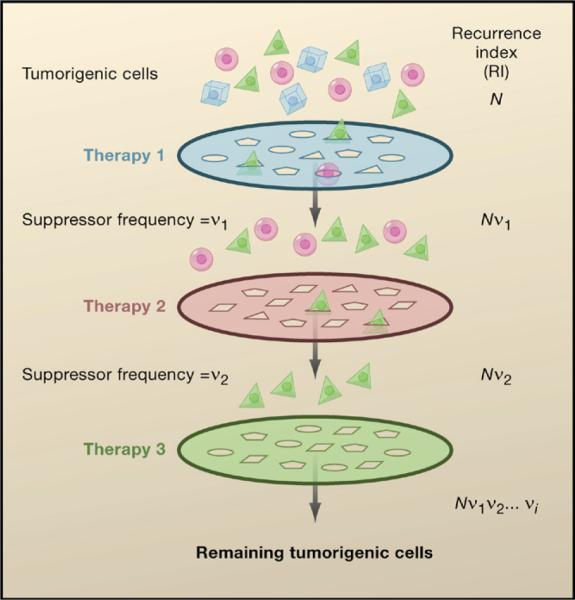Figure 3. The Combinatorial Filter of Orthogonal Cancer Therapies.

A tumor consists of genetically distinct subpopulations of cancer cells (represented by the different cell shapes), each with its own characteristic sensitivity profile to a given therapeutic agent. Each cancer therapy can be viewed as a filter that removes a subpopulation of cancer cells that are sensitive to this treatment while allowing other insensitive subpopulations to escape. This escape occurs as a result of suppressor mutations that occur at a given frequency (v) unique to each therapy and tumor type. By combining therapies with orthogonal modes of action, a combinatorial filter can be set up to minimize the recurrence index (RI) of the cancer. N represents the total number of cancer cells in the tumor. A combination of orthogonal therapies that result in RI < 1 would greatly enhance the likelihood of preventing tumor recurrence.
